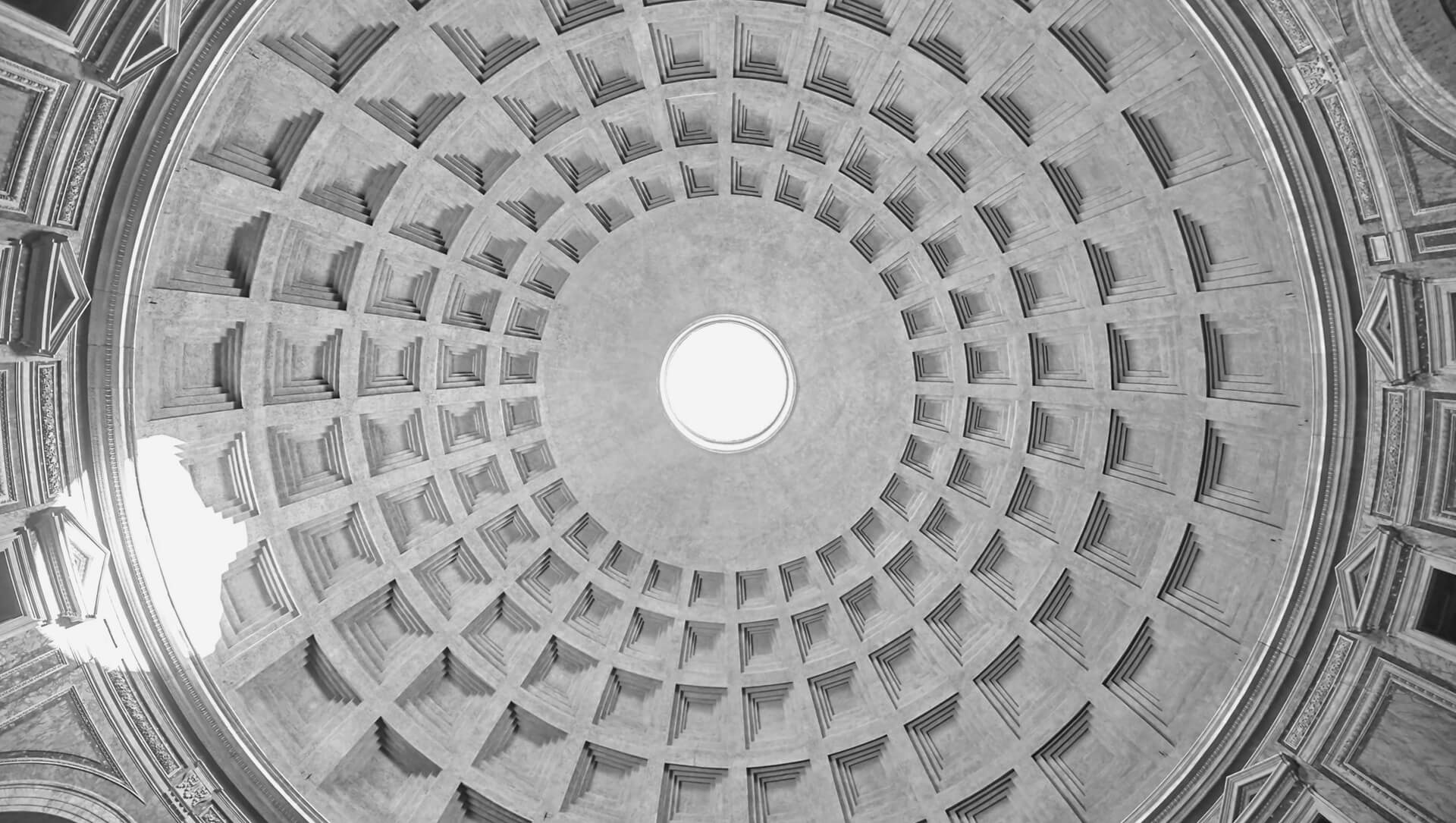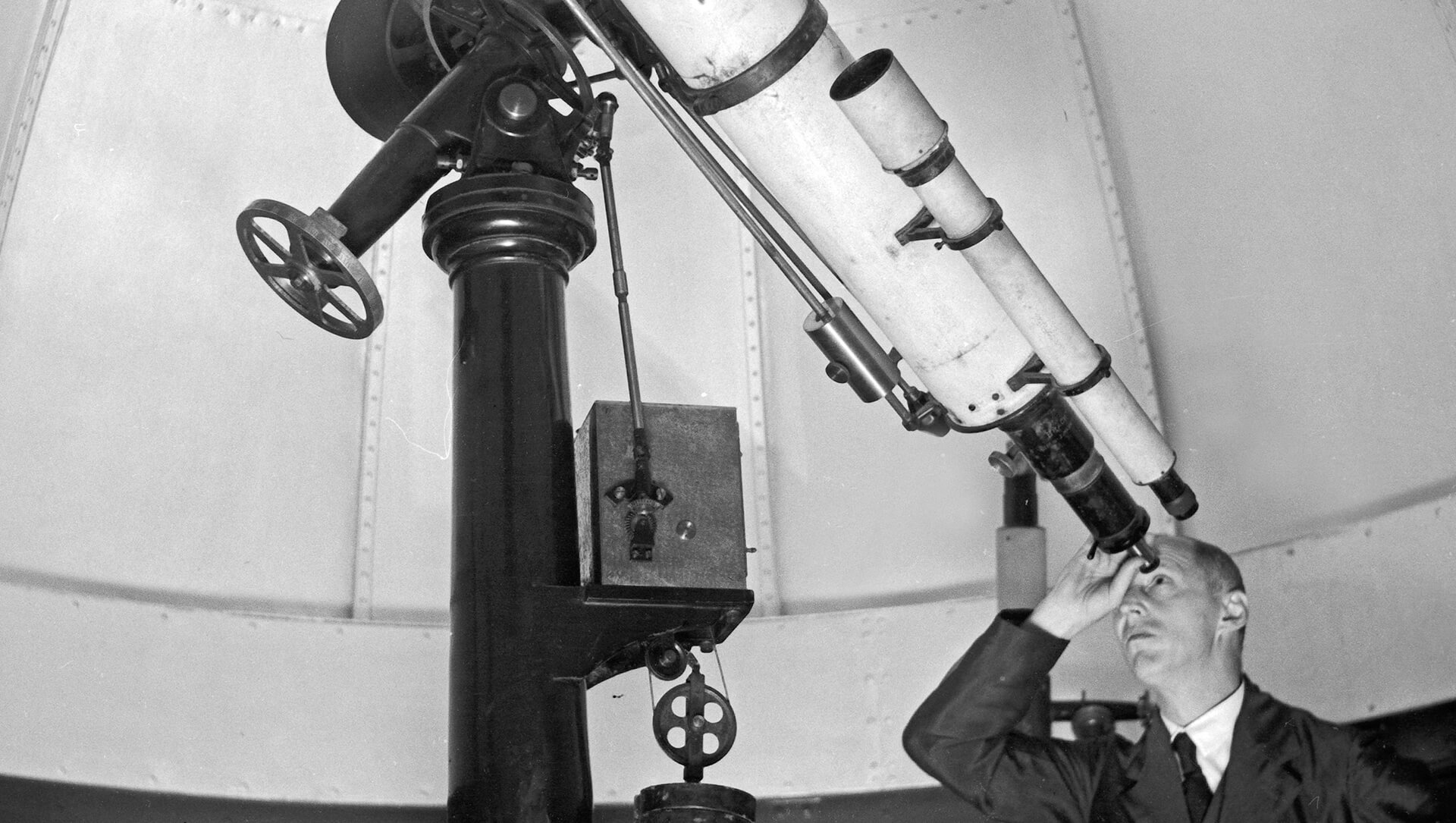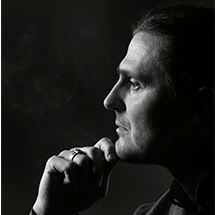Continued from chapter II. Worldview Function.
What is now considered to be a science asserts that only matter exists eternally and invariably, therefore it is Truth, and we must explain everything with it. The indicators of matter must be objective, which means that they must be obtained and analyzed by machines so that the observer could not distort the data and analysis results. From here arose the concept of objectivity — belonging to an object and independence from a subject, an observer.
The objective worldview separates objects from the observer and declares the latter to be an accidental result of the evolution of matter. Modern science makes no secret of the fact that it consists not of exact knowledge but of statistical data and theoretical assumptions, and does not see anything wrong with the lack of evidence and the rapid change of scientific theories.
The argument of materialists supporting the primacy of matter is that the source of the higher Light can not be proved. However, at the same time, few of them question the very existence of matter, even knowing that its studies at the microlevel within the framework of quantum physics — a completely materialistic field of science in its core — have already revealed that matter does not exist, that is, there was no essence found in it, it is in fact void.
Thus, materialistic science itself shows that, having chosen matter as a measure, it relies on emptiness, on non-existence, from which supposedly everything arises. At the same time it keeps silence about its inability to explain how something can arise from nothing without any cause. This contradicts the definition of Truth as something that not only exists, but exists eternally and immutably.
As a consequence of relying on emptiness as the main measure, objective science began to use units of measurement that are not related to life — artificial and very conditional phenomena that a human being can neither register nor experience with his senses, nor can he double-check their existence and verify their validity.
Modern man is already born in a society in which generally recognized scientific measures have neither relation to the objects made by him from natural materials, nor to his sensations or his body, such as a fathom or foot used to be. They also do not represent a part of the nature surrounding him and have already lost their connection with physics (from ancient Greek Physis — nature, i. e. beings that arise spontaneously from their own essence; starting with Aristotle means physical, as a subject of physics, or “natural things”).
For example, the meter has ceased to be physical since 1983. The modern definition of meter in terms of time and the speed of light, adopted by the XVII General Conference on Weights and Measures in 1983, reads: “The metre is the length of the path travelled by light in vacuum during a time interval of 1/299 792 458 of a second.” The second is defined as being “equal to the time duration of 9 192 631 770 periods of the radiation corresponding to the transition between the two hyperfine levels of the fundamental unperturbed ground-state of the caesium-133 atom at a temperature of 0 degrees Kelvin”. Until recently, the last SI unit, which was determined on the basis of an object actually created by human hands, was the kilogram. In 2018, the XXVI General Conference on Weights and Measures approved a new definition for the kilogram, based on the numerical value of the Planck constant.
To form a holistic worldview covering all spheres and planes of existence, we must take the following steps:
1. Accept Truth that is higher than our own existence, unchanging and always available for rechecking with it any of the phenomena of interest to us.
2. Bring back the observer into the process of cognition, acknowledge him as the cause, successor and continuer of this process.
3. Bring back the individual with all his inner sensations and feelings.
4. Bring back the researcher with his five external senses, that jointly confirm the measure of higher planes by its projection into the world of objects, and replace the scientist in his role as an object that has artificial device “put on him” and is limited exclusively to the visual channel of perception.
The highest Truth acts as a measure in the light of which we will cognize ourselves and the rest of the world. Without it, we can cognize the world only in the context of ourselves — our soul, cut off from the source of our own existence, thereby limiting the scope of cognition to the possibilities of comprehending ourselves as an object among other objects. Thus, only the highest Truth opens the way to full knowledge.
Science is not meant for knowing the highest Truth. It is born from already pre-existing knowledge of it and then, through the direct experience of the observer, helps him to cognize all the diversity of life and gain more strength and understanding of the laws that allow him to enter higher realms. The observer alone can have such an experience.
Subjectivity, in contrast to objectivity, invites an individual to collect his personal experience that exists in his own consciousness, while the very reason for this experience may well be objective and accessible to everyone. Only what is available for perception by every individual has the right to be called objective.
Nowadays, elementary particles that are inaccessible to the human senses are recognized as objectively existing, and even units of measurement, that could previously be easily double-checked by direct sensory experience, are completely torn off and abstracted from it despite the fact that subjectivity is the only way we can perceive, investigate, understand or know things.
Thus, we inevitably come to the need to reintegrate the observer into the scientific process.
Continued in chapter IV. Objectivity or Subjectivity?
Image by Evgeni Tcherkasski from Unsplash.com

Description of the process of thinking that takes place in the higher plane of reality and is aimed at cognition.

The crisis of the worldview. The need for a clear and holistic worldview that unites religion, science and philosophy. The individual's main choice.

Sources of the worldview and its influence on an individual. The importance of a clear definition of terms. The need to restore culture.
